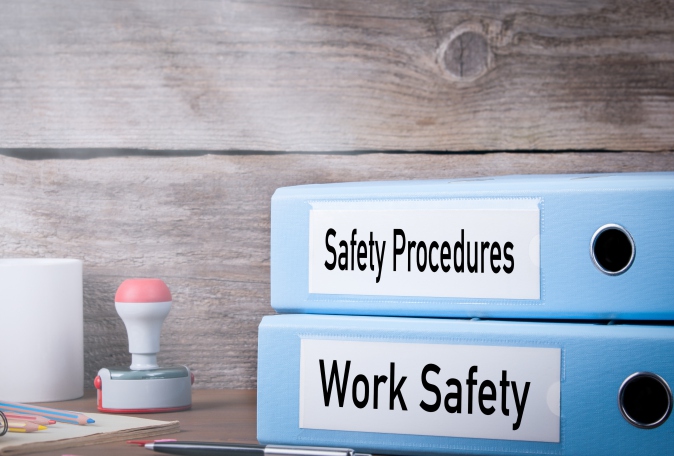
Health and Safety Practices: more than just good risk management
~ Courtesy Santam
General good risk management is essential and everyone’s responsibility, whether it’s at factories, offices or business premises. It protects staff, reduces losses, can reduce cost of insurance and ensures adherence to regulations.
It’s important for clients to be aware that managing risk and safety in the workplace will help avoid injury, liability claims and business interruption. The South African Occupational Health and Safety (OHS) Act has a specific section for risk management to promote a safe, clean and healthy working environment that reduces the likelihood of accidents and unsafe practices in the workplace.
We unpack the main benefits of best risk management practices.
HOW TO SAFEGUARD EMPLOYEES
Employers have a duty in terms of the OHS Act to ensure the safety of employees. Good risk management requires a systematic approach, training, proper communication and formalised systems, which are regularly reviewed and improved.
Health and safety management systems need to be embedded in all organisations and these are coupled with understanding all the risks within the industry involved. Examples of some measures to ensure safety are the following:
ENSURING SAFETY OF CLIENTS
Good risk management also impacts on the safety of the public, especially in the retail sector. Slip-and-trip incidents are numerous and can be costly, especially as litigations following such incidents are on the increase.
Poor risk management can result in serious injury or death to members of the public (especially children, frail or weak persons), which is why business owners must always ensure good housekeeping standards.
Here are some examples that could affect clients:
DAMAGE TO PROPERTY
The lack of risk management often leads to increased hazards, because items that should not be near one another end up causing major problems. An example is keeping large quantities of flammable liquids in an operational or production environment. This adds to risk of injury, death or loss of property.
Since good risk management introduces good operational practices and discipline, it also usually results in a better response to a crisis. Many situations, which have resulted in major loss, could have been prevented if proper systems were in place.
CONSEQUENTIAL LOSS
Good risk management practices could also avoid the following kinds of consequential loss:
If you would like more information on Business Liability Insurance, speak to one of our knowledgeable brokers today. Simply email us at info@dwdv.insure or call us on 014 592-1077.

